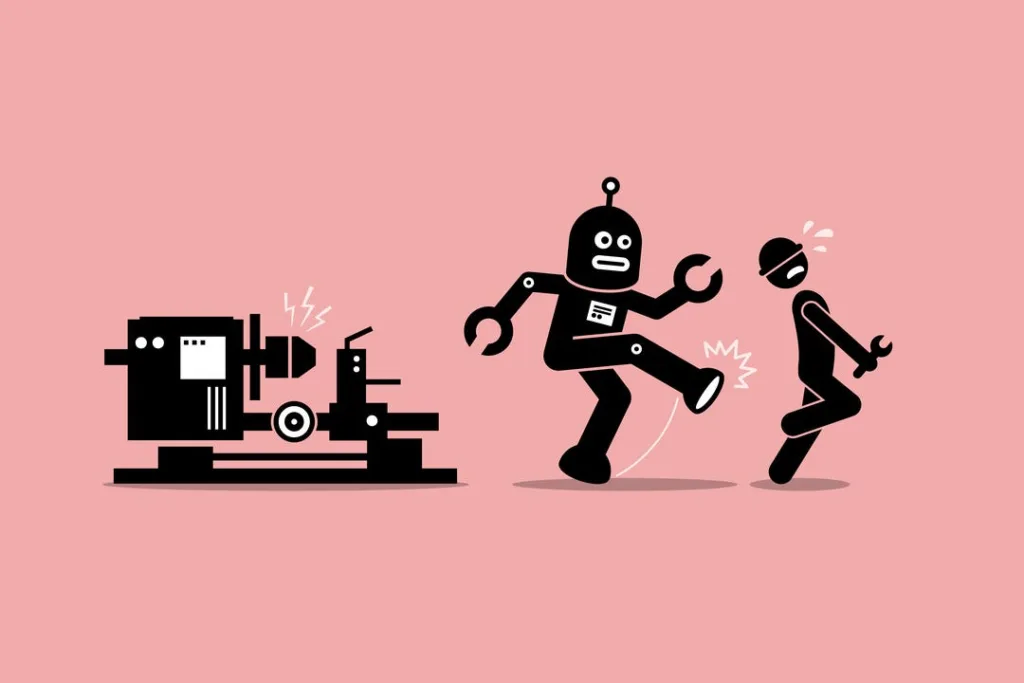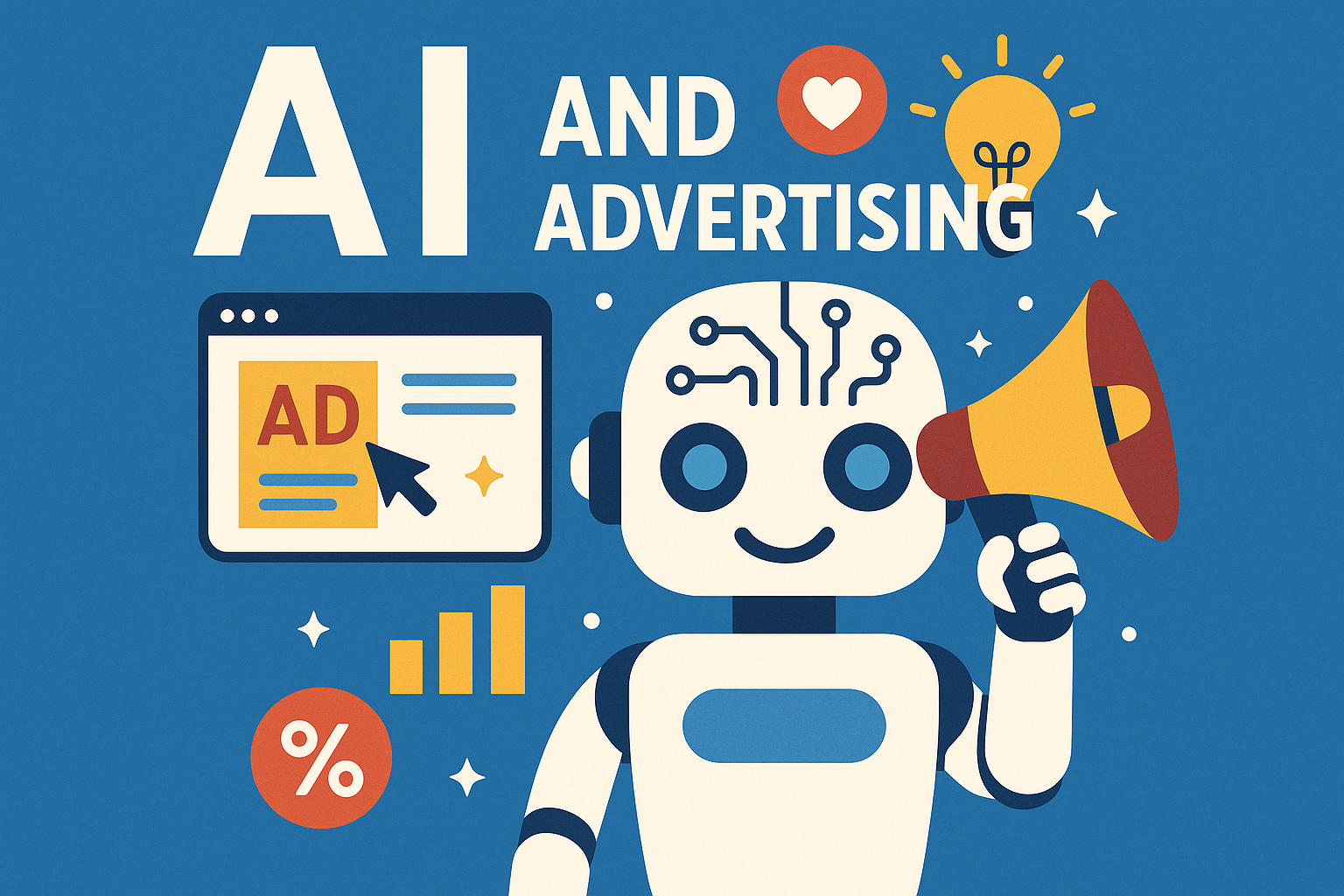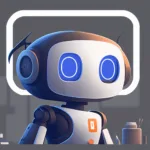The fear that artificial intelligence (AI) will replace most jobs, leaving millions unemployed, is a persistent narrative. However, this doomsday scenario ignores a critical economic reality: a workforce without jobs is a market without consumers. If companies automate too aggressively, they risk shrinking their own customer base, creating a self-defeating cycle. Moreover, the rise of a “closed consumer economy” dominated by bots—where AI-driven entities replace human buyers—is far from sustainable.
Let’s debunk the myth of AI-induced mass unemployment by examining consumer dynamics, economic feedback loops, and the limitations of a bot-driven economy.
1. AI Cuts Costs, But Unemployment Cuts Demand
The Consumerism Paradox
Companies adopting AI often focus on cost-cutting through automation, replacing human workers with algorithms. But if too many jobs disappear, who will buy their products?
- Historical Precedent: During the Great Depression, technological unemployment fears arose as machines replaced factory workers. Yet, economist Karl T. Compton argued that while automation disrupted individual jobs, it ultimately expanded markets by lowering production costs and increasing affordability 1.
- Modern Reality: Today, 47% of U.S. workers are at risk of automation 8. But if widespread layoffs occur, consumer spending power declines, shrinking demand for goods and services. Companies relying on AI-driven efficiency may find themselves with cheaper operations but fewer customers.
The Corporate Dilemma
- Short-Term Gains vs. Long-Term Collapse: A Goldman Sachs report estimates AI could automate 300 million jobs globally 8. However, if displaced workers can’t afford to spend, businesses face declining revenues.
- Case Study: Meta’s AI-driven ad economy thrives on human attention and purchasing power. If unemployment rises, Meta’s ad revenue—which hit $135 billion in 2023—could plummet as fewer people engage with paid content 3.
Conclusion: AI-driven cost reductions only work if the broader economy remains stable. Mass unemployment would undermine the very markets companies depend on.
2. The Illusion of a “Bot-Driven Consumer Economy”
Some futurists speculate that AI could create a closed-loop economy where bots replace both workers and consumers. But this idea collapses under scrutiny.
Why Bots Can’t Replace Human Consumers
- Bots Don’t Spend Money – AI-driven entities don’t have purchasing power. A bot buying ads from another bot is a zero-sum game with no real economic growth.
- Human Preferences Drive Markets – AI can mimic consumer behavior (e.g., chatbots simulating purchases), but real demand comes from human needs, emotions, and cultural trends 10.
- The “Digital Deception” Problem – Bot farms already distort social media engagement, but they don’t translate to real sales 7. A market saturated with fake consumers would collapse, as seen in inflated influencer metrics that don’t drive actual purchases.
Meta’s AI Vision: A Cautionary Tale
Mark Zuckerberg envisions an AI-dominated economy where “AI business agents” replace sales teams 3. But if AI takes over both labor and consumption, the system becomes a self-referential loop with no real value.
- Example: If AI chatbots replace human customer service reps, who buys the products they’re selling? If unemployment rises, even AI-driven sales strategies fail due to lack of real demand.
3. The More Likely Future: AI Augmentation, Not Replacement
Rather than mass unemployment, AI will likely reshape jobs while creating new ones.
Evidence Against a Jobless Future
- Historical Job Shifts: 60% of jobs in 2018 didn’t exist in 1940 1. AI will similarly generate new roles (AI trainers, ethics auditors, hybrid human-AI managers).
- Partial Automation Dominates: Goldman Sachs found that only 25% of work tasks can be fully automated—most jobs will integrate AI as a tool, not a replacement 8.
- Consumer Demand for Human Touch: 60% of people prefer human customer service over AI chatbots 3. Roles requiring emotional intelligence, creativity, and ethics (healthcare, teaching, art) remain irreplaceable.
The Win-Win Scenario
If companies balance AI efficiency with workforce stability, they can:
✔ Lower costs without destroying consumer demand.
✔ Increase productivity, leading to higher wages and spending power.
✔ Create new AI-augmented jobs that didn’t exist before.
Conclusion: AI Won’t Destroy Jobs—But Misuse Could Hurt the Economy

The fear of AI-induced mass unemployment is overblown, but corporate short-termism could trigger economic backlash. If businesses automate too aggressively, they risk:
- Shrinking their own customer base.
- Creating a hollow “bot economy” with no real demand.
- Triggering regulatory and social pushback against unchecked AI adoption.
The solution? Responsible AI integration that enhances human labor rather than replacing it entirely. Companies must recognize that a jobless workforce is a customer-less market—and that’s bad for everyone.
Key Takeaways
🔹 AI-driven cost cuts only work if consumers still have jobs.
🔹 A bot-dominated consumer economy is unsustainable.
🔹 The future is augmentation, not replacement.
🔹 Businesses must balance efficiency with economic stability.
By understanding these dynamics, we can move past fear-driven myths and shape an AI future that benefits both companies and workers.








